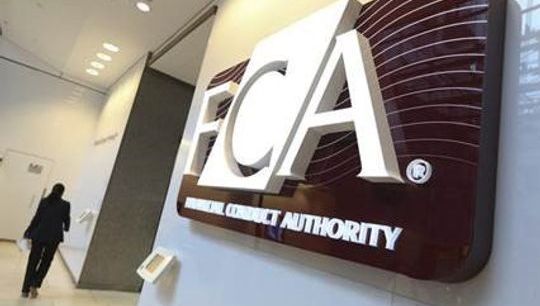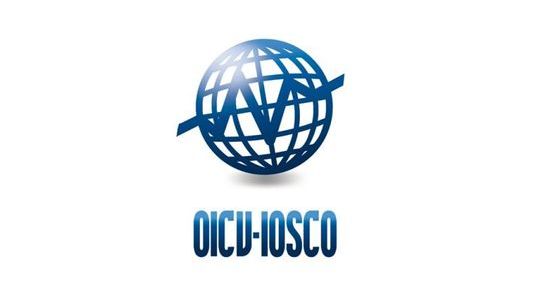Do you pass the ESG sniff test?
By Will Chignell, CCO, APEX
Published: 28 June 2021
As realisation dawns on the private markets that environmental, social and governance (ESG) is here to stay, and is fast becoming a central facet of investing, there comes great excitement, interest and engagement. That’s the good news.
Following hot on the heels, of course, rightfully comes scrutiny, accountability, and even cynicism over green- and purpose-washing. These pressures ultimately underline the need to prove the credibility of your ESG approach in a meaningful way.
This is where the road forks. While there are great opportunities to achieve better exits via improved ESG performance, there are also significant risks for those who do not take it seriously and get caught out. Simply put, when it comes to ESG — do you pass the sniff test?
Scratch behind the shiny website graphics and the smoothly written rhetoric, the reality can be paper thin. These surface-level ESG reports may pass for now, but across the entire financial community, the opportunity to show market leading ESG credentials, is driving the scramble to rate, report and drive positive change — with rigour, accuracy and integrity. The reputational risks are now just too high not to.
The problem is many in the market have taken a wait-and-see attitude. Is ESG a passing fad? Do we need to dedicate specific resources? Is there the quality of personnel and products to manage the pressure from regulators and investors to satisfy ESG requirements?
The majority of alternatives investors now understand that ESG is here to stay, and it is getting serious, but can feel paralysed by the noise and confusion in the market. To cut through this, we have distilled the five key tests that should be borne in mind for private companies and their investors when approaching ESG.
Test one:
The listed space has been served for years by data-scraping analysis from publicly available information. That is clearly an inadequate solution for the private markets, with companies providing little to no publicly available information by virtue of being privately held. Therefore, accurate and reliable ESG analysis requires getting the data first-hand from these companies.
Test two:
Everyone gets short-changed when making assumptions in the event of data gaps. For example, a common approach is to estimate the carbon footprint of a company, without any of its actual data, based on its size, sector or geography.
Beyond the significant risk of inaccuracy, these approaches leave no option or incentive to change behaviour. The investment manager can only reduce its carbon footprint if it divests from ‘dirty’ sectors or geographies. The company can only reduce its carbon footprint if it produces less goods or employs less people.
Real, positive change occurs when people use genuine data that drives actual emissions and other ESG metrics. This then enables investors and their companies to implement changes that actually affect the reduction in emissions that the world so sorely needs.
Test three:
ESG data requires verification and validation to ensure accuracy, particularly when self-reported by companies. For investment firms, this requires specialist ESG skills and expertise to sift through hundreds, if not thousands, of data points across a whole portfolio. This is time and resource intensive, so often firms will cut corners by either collecting a much smaller dataset – thus overlooking key issues — or failing to properly scrutinise responses to unpick any errors or misrepresentations.
Fundamentally, any worthwhile ESG analysis must mitigate the ‘garbage in, garbage out’ principle of data science. If the data input is sub-standard, the reporting output is too. Expert data verification is both essential and cost-effective if you find the right team to do it.
Test four:
Closely related to the above, independence is becoming indispensable. No longer is it acceptable for investors and companies to ‘mark their own homework’. Wider stakeholders require independent analysis, verification and reporting to ensure that best practice standards are adhered to, and the analysis can be trusted. Using independent providers not only demonstrates that firms are serious about ESG, it also counters accusations of green- and purpose-washing.
Test five:
Last, but certainly not least, it is important to illustrate growth and value creation over the investment term by quantifying ESG progress. People are wising-up to the fact that ESG is more than just a nice-looking sustainability policy here or a corporate citizenship initiative there. The downsides to not engaging in a meaningful manner go beyond the obvious, such as reputational damage, as companies are now being sued for misrepresentation.
Stakeholders want to see measurable metrics such as employee diversity, customer complaints and environmental footprint data. Can you measure ESG progress over time? How do you shape up against your sector peers? What is your alignment to the UN Sustainable Development Goals? Are you adhering to the most reputable international standards and regulations? Being able to respond to these questions will get significant traction with stakeholders.
Investors and companies should see these challenges as an opportunity. They can use this data to really understand their ESG impact and consequently implement initiatives that result in true, meaningful improvements. If these parties can demonstrate improved ESG performance, and a quantitatively proven growth trajectory towards ESG leadership, then potential buyers will perceive a more valuable proposition.
In this green rush, beware fool’s gold. Take the flashy but inadequate option and as the lights go on, you will be exposed. Engage with ESG meaningfully; set the bar high; be rigorous and accurately rate, report and benchmark. This will underpin and enable measurable ESG improvement over time. Achieve this, and the rewards will be significant, on and off the balance sheet.








